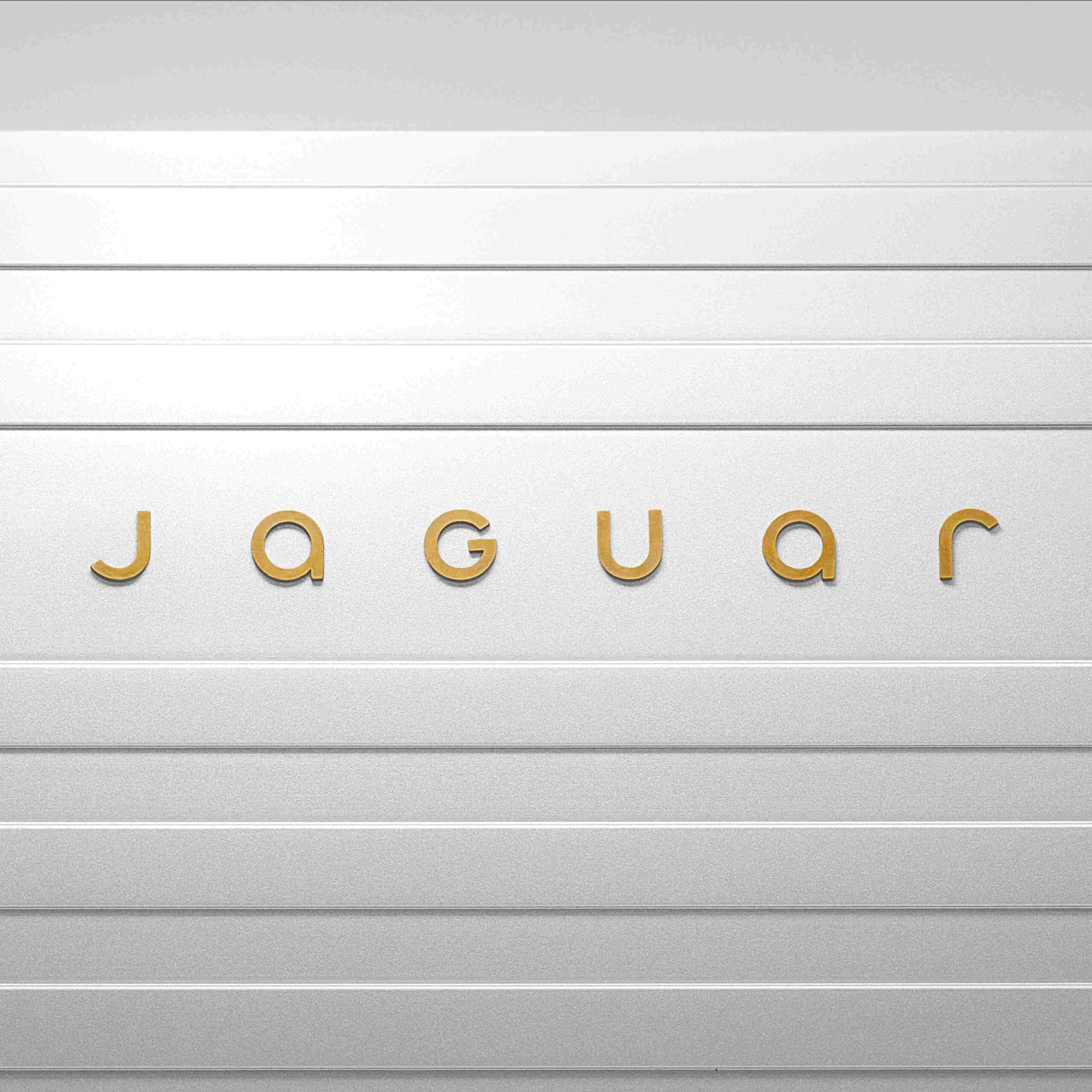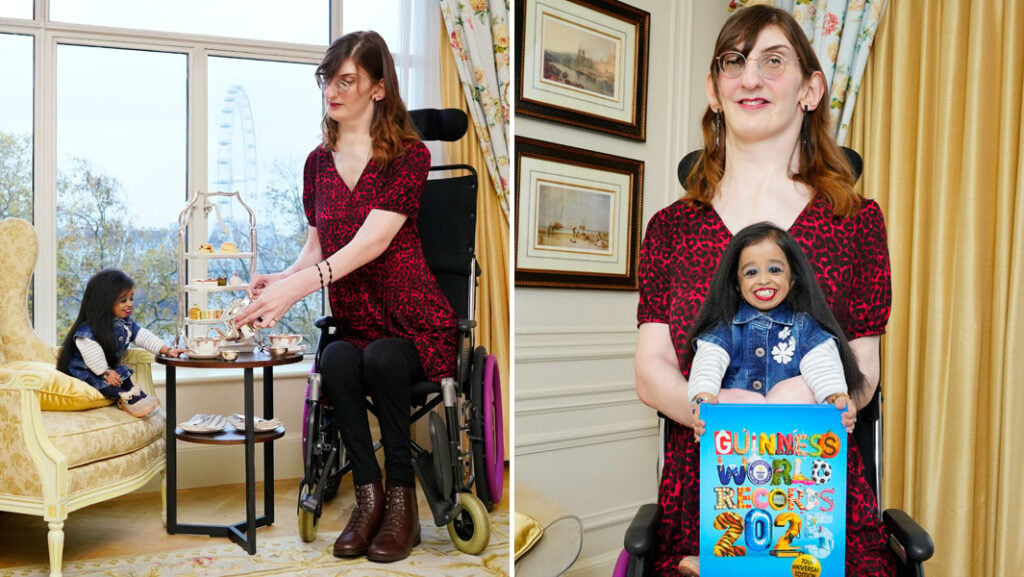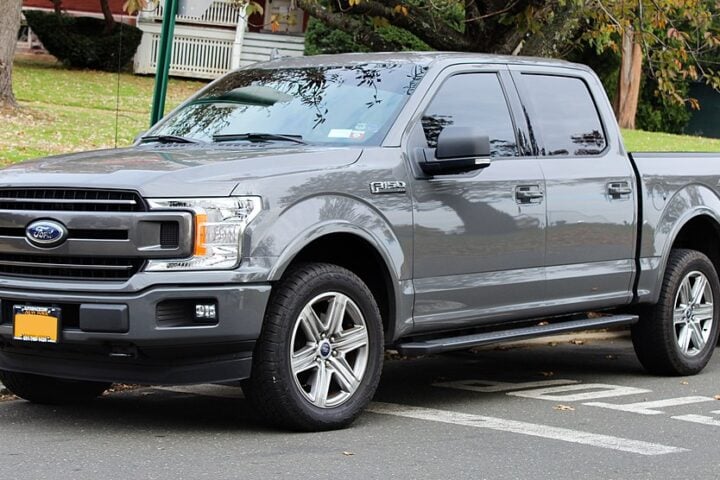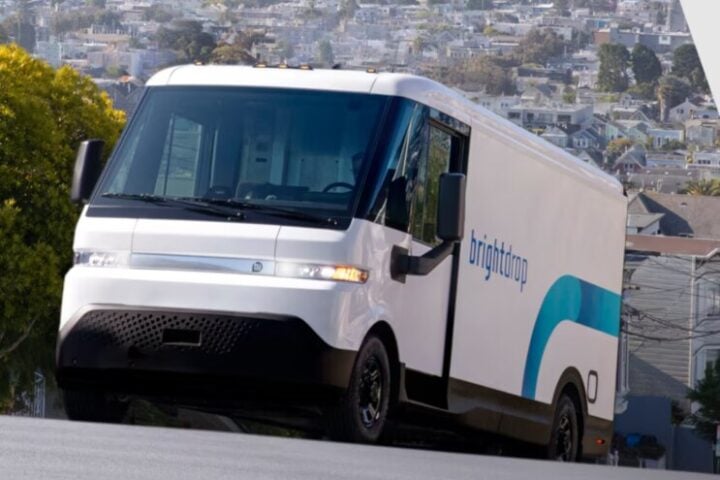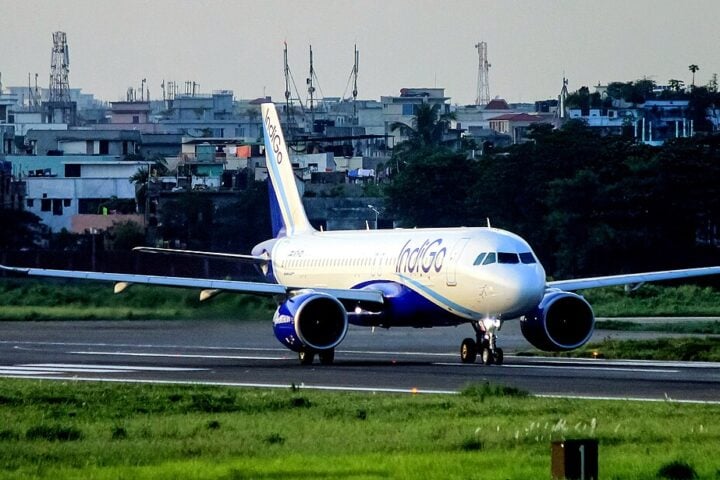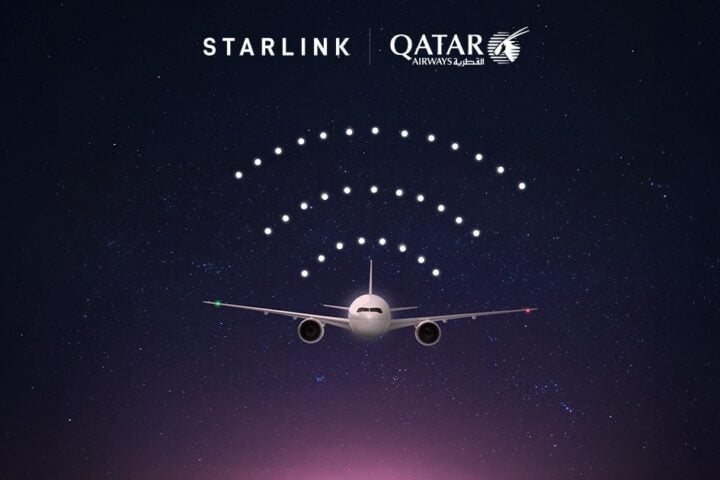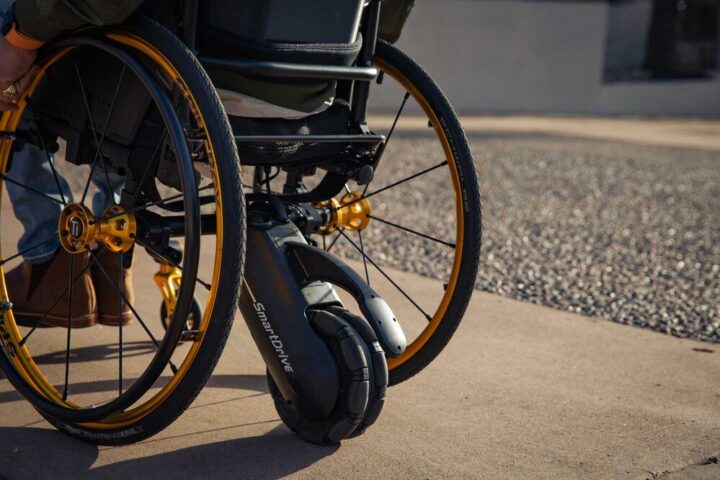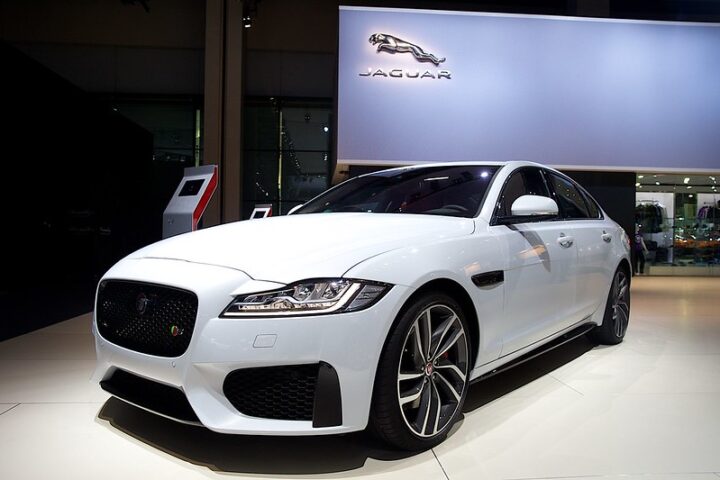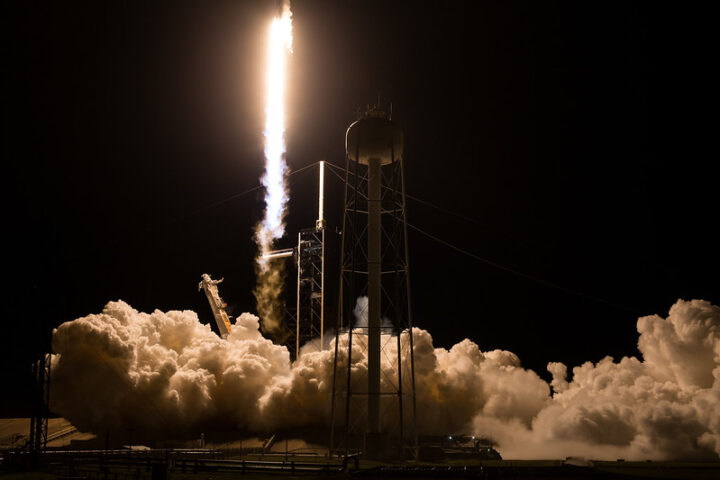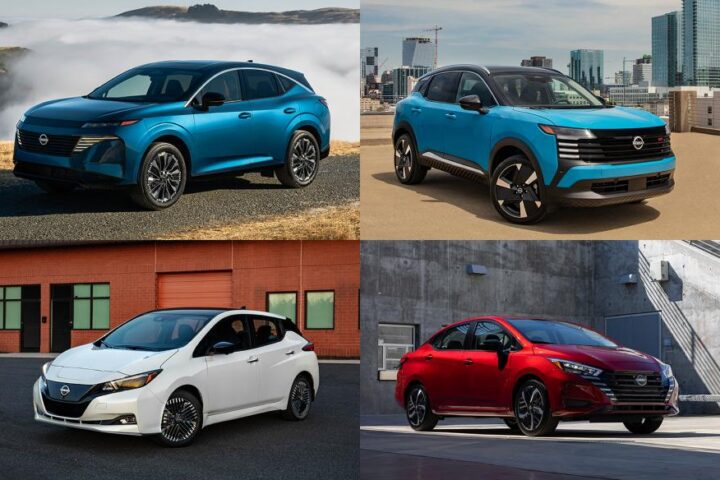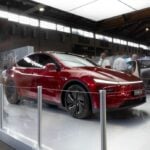Jaguar’s “Copy Nothing” campaign arrives at a critical juncture for the British luxury automaker, with sales plummeting from 81,570 units in 2014 to a mere 13,528 vehicles in the year ending April 2024. The latest fiscal data presents an even starker reality – only 67,000 units moved in FY2024, compared to Land Rover’s nearly 115,000, followed by a steep decline in the first half of fiscal 2025.
The rebranding strategy, which replaces the traditional leaping cat emblem with a modernized “JaGUar” logotype, precedes the company’s planned transition to an all-electric portfolio. Market analysts note this comes as the marque stops selling new cars in Britain and has mostly ended production of its petrol models, creating a notable gap in product availability until the 2026 EV launch.
Technical specifications for the upcoming electric GT remain closely guarded, though recent teasers showcase distinctive design elements. We estimated a turquoise door panel construction, rectangular gold-finished door handles, and the revised corporate identity implementation. The GT model, slated for its public debut at Miami Art Week in December 2024, will spearhead Jaguar’s push into the ultra-luxury EV segment with a baseline price exceeding £100,000.
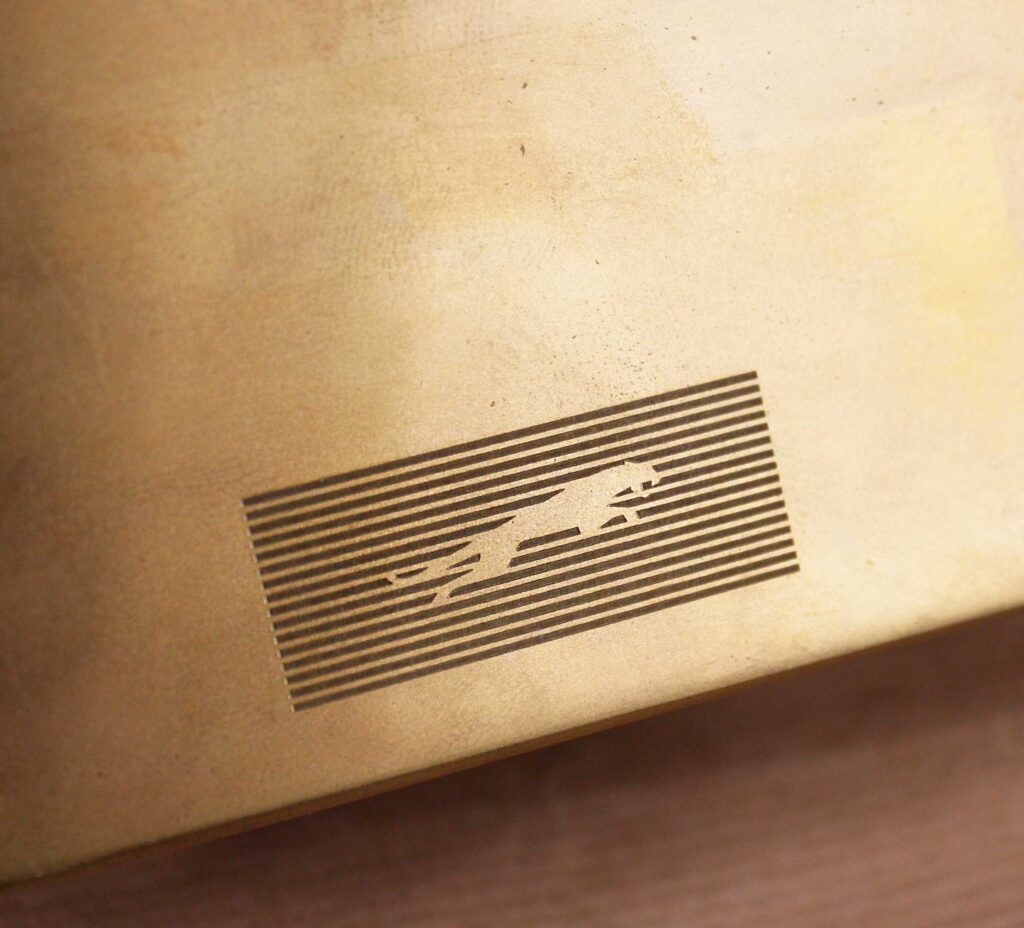
Rawdon Glover, Jaguar’s Managing Director, addresses the controversial marketing approach: “We need to re-establish our brand and at a completely different price point so we need to act differently. If we play in the same way that everybody else does, we’ll just get drowned out.” The campaign generated 160 million social media impressions, yet industry veterans express reservations about the execution.
Similar Posts:
A senior advertising executive with previous Jaguar experience warns: “You can destroy a brand in 30 seconds that took a lifetime to build.” “This is a reimagining that recaptures the essence of Jaguar, returning it to the values that once made it so loved, but making it relevant for a contemporary audience. We are creating Jaguar for the future, restoring its status as a brand that enriches the lives of our clients and the Jaguar community”, Professor Gerry McGovern OBE, Jaguar’s chief creative officer stated in the official statement.
The financial implications extend beyond brand perception. While JLR reports eight consecutive profitable quarters, revenue remained flat in H1 2024. Parent company Tata Motors has experienced stock volatility following the campaign launch. The strategic pivot to EVs poses additional challenges: the new price positioning means a dramatic shift in target market, while the gap between current model discontinuation and EV launch leaves dealers with limited new inventory.
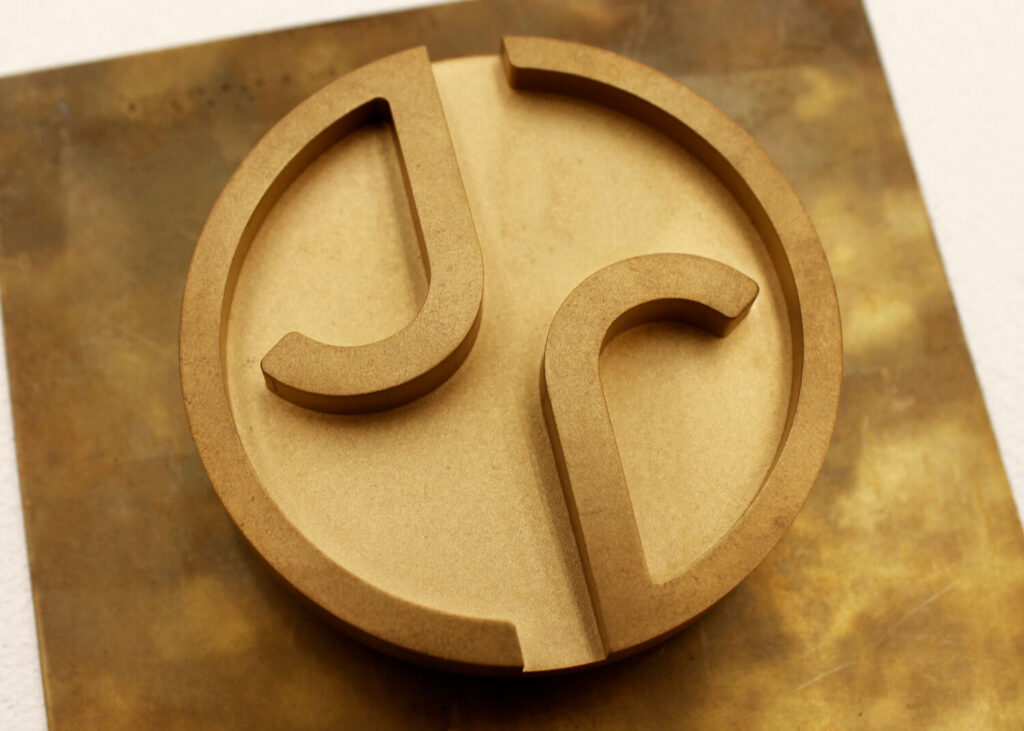
James Ramsden, Executive Creative Director at Coley Porter Bell, contextualizes the broader impact: “This new work is striking, colorful, inclusive and dramatic, though it’s a shame they walked away from some of the iconic, much loved and beautiful icons that have been in the brand DNA for generations.”
The transformation occurs amid intense competition in the luxury EV space. Jaguar’s success hinges on delivering technical innovation and performance capabilities that justify its upmarket repositioning, while maintaining the craftsmanship and design excellence that defined its heritage.
The automotive sector watches closely as Jaguar executes this strategic gambit. The combination of dramatically reduced sales volumes, current product line changes, and ambitious pricing strategy represents a major shift for the luxury brand. The technical specifications and performance metrics of the upcoming electric GT will prove crucial in determining whether this pivot succeeds in securing Jaguar’s position in the ultra-luxury EV market.
